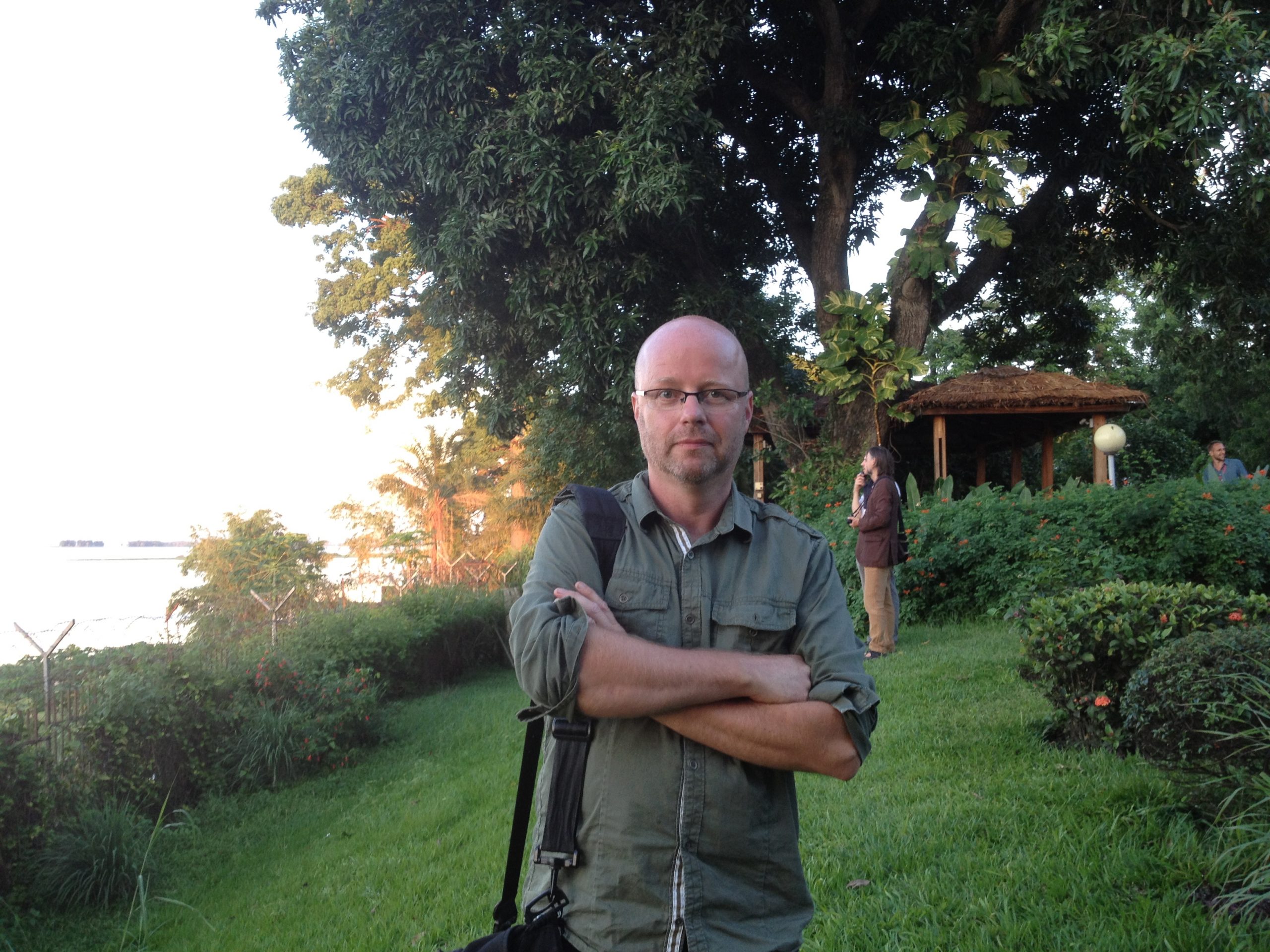
#ASK Rob Voerman
For the #ASK section, we ask a number of questions to a fascinating person who is active in the field of art, design & architecture in Rotterdam. This week, that is artist Rob Voerman, whose work can be seen in the exhibition FAKE ME HARD during Rotterdam Art Week. Voerman makes sculptures, paintings, graphic work, installations and photographic works, that often have a post-apocalyptic edge, inspired by utopian and dystopian ideas about the future. You can find his work in museums including the MoMA in New York, the UCLA Hammer Museum in Los Angeles and the Stedelijk Museum. He was originally supposed to have a work period in New York in 2001 – at the top of one of the towers of the World Trade Center – but of course, that turned out differently…

The exhibition FAKE ME HARD is focused on the dangers of fake news, algorithms, deep fakes, Artificial Intelligence — and how these phenomena reinforce each other. Can you tell us a bit more about the work you made for this exhibition?A few years ago, I started to delve into possible scenarios for democracies that succumb to polarisation, inequality, but also to fake news, deep fakes and so on, following a project/installation that I made in the German MARTa Herford museum. Deep fakes, fake news et cetera pose a great and real danger to democracy. The Washington Post has the slogan “Democracy dies in darkness” for a reason. If you no longer know what to believe, can no longer argue based on facts, then democracy will be over pretty quickly. You only have to look at what has happened in the US in recent years. The only remedy, to me, is that governments will draw up rules and legislation for these kinds of phenomena.
The installation that I built in for “Fake Me Hard” deals with both the complete madness – that I regularly observe on the internet – as well as the danger of undermining society, as a result of fake news and conspiracy theories.I also call it a “psychotic building”, because I believe the world of conspiracy theories is comparable to a psychosis. The installation shows a spatial collage of images associated with all kinds of theories that I found on the fringes of the internet. Chaos and anarchy arise at the base of this collage and a structure appears that resembles an explosion of glass and cardboard. The title of the work is “The Republic”. It is a reference to Plato’s publication of the same name, containing the allegory of the cave. Many people today claim to have discovered “the truth”, based on a self-fabricated reality, and with it the exit of the cave.
How did you come into contact with this project? What specifically attracted you?I was asked to participate in the exhibition. I have been following the development of fake news, conspiracy theories and the relationship between politics and democracy extra closely for several years now. It is something that deeply disturbs me, but equally fascinates me. It remains incomprehensible to me how people, who were once rather reasonable, suddenly appear to believe that Biden actually drinks the blood of children.

How would you describe your relationship with the city of Rotterdam?Although nature and nature conservation are very close to my heart, I have, strangely enough, always been strongly attracted to metropolitan architecture. Many of my works show urban environments. That is why Rotterdam fascinates me as a city. Because let’s be honest, Rotterdam is actually the only city in the Netherlands that is truly big. The combination of industry, port and city makes the city extra interesting and complex.
What are you most looking forward to during this edition of Rotterdam Art Week?
Honestly, I’m most looking forward to seeing “Fake Me Hard”. With a project as big as mine, I am quite autistic when it comes to getting everything finished and I therefore have no time or eye for the other works. Apart from the fact that many works weren’t on display yet. But I’m looking forward to taking it all in on the opening day of Rotterdam Art Week.
Magazine
Rotterdam Art Week 2022 Review
retrospect Rotterdam Art Week 2022
...
Read more
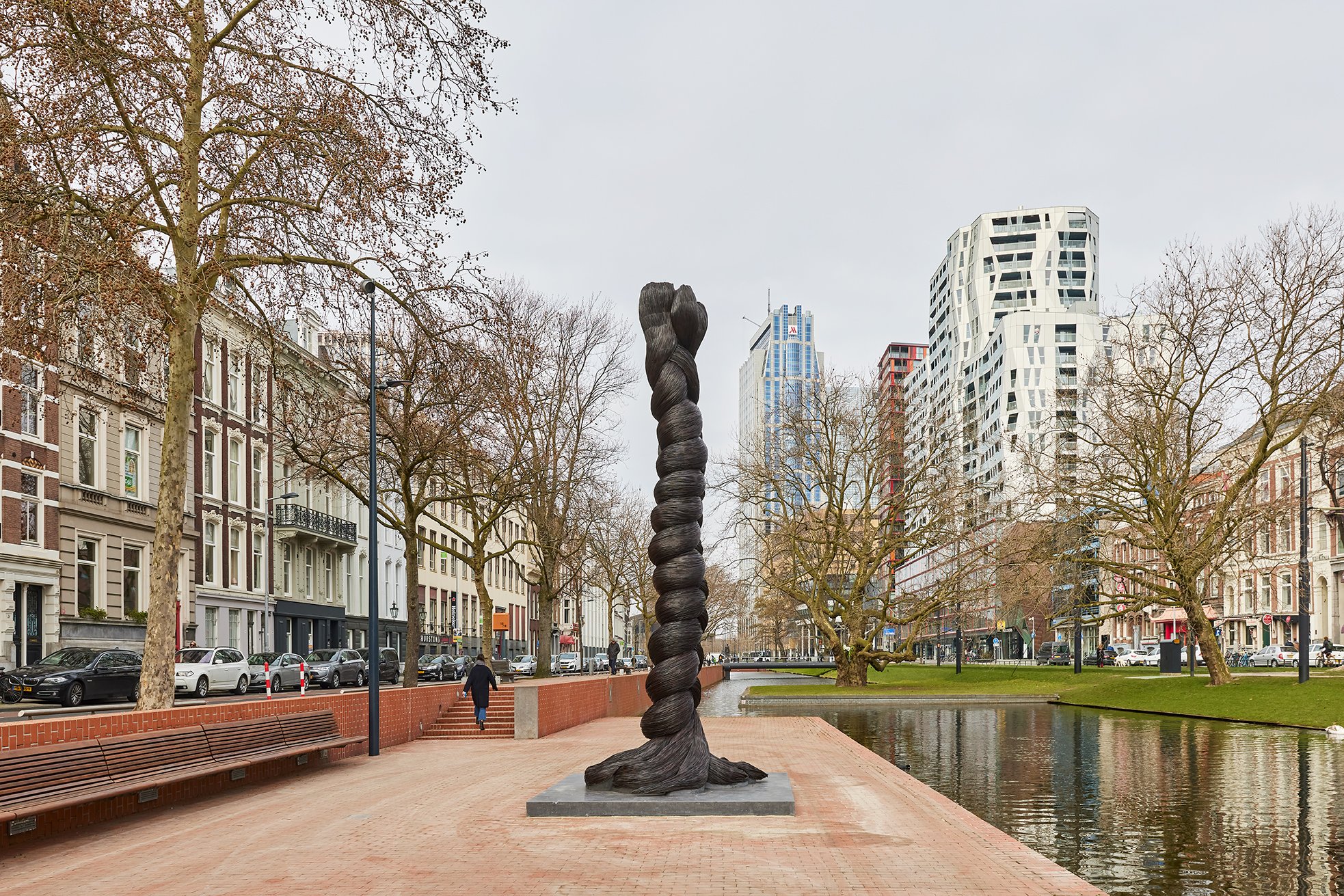
Sculpture Park: New part of Art Rotterdam emphasizes ties with the city
Rotterdam has an internationally unique collection of more than 50 large public works of art...
Read more
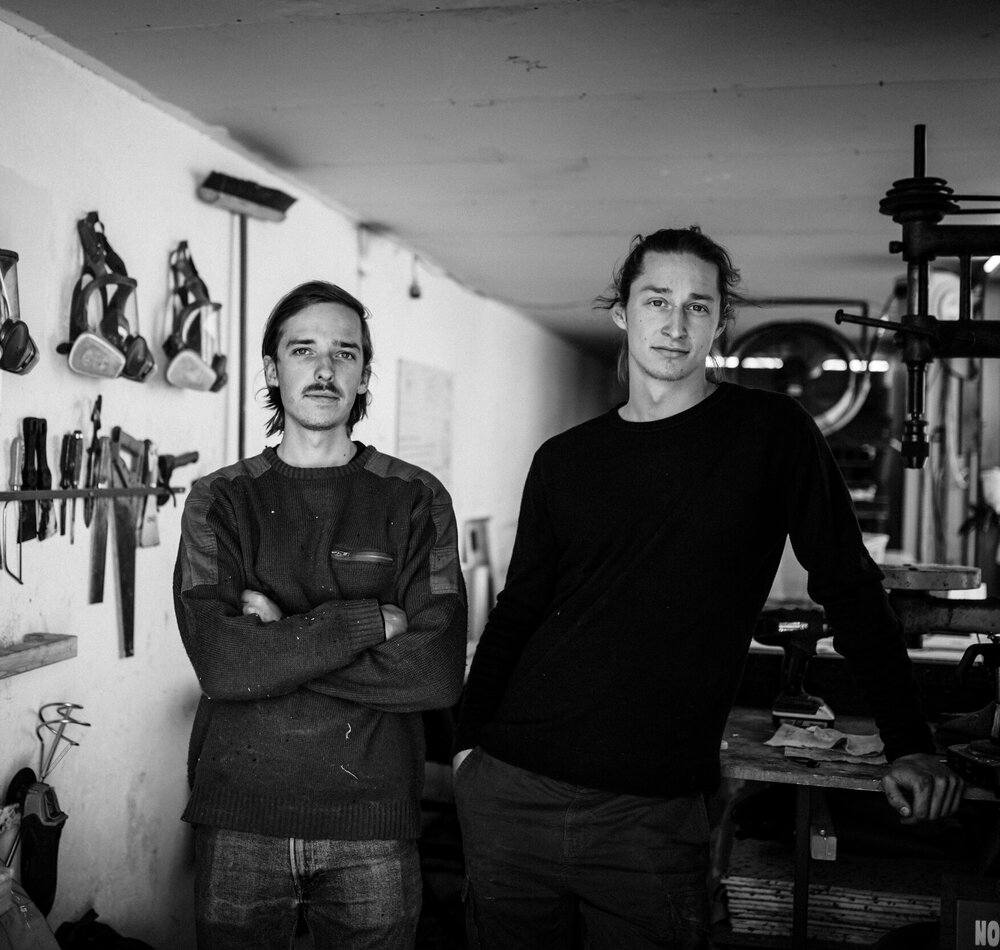
#ASK: Marten van Middelkoop & Joost Dingemans from Plasticiet
Plastic has a reputation problem, in part because many people tend to think of organic...
Read more
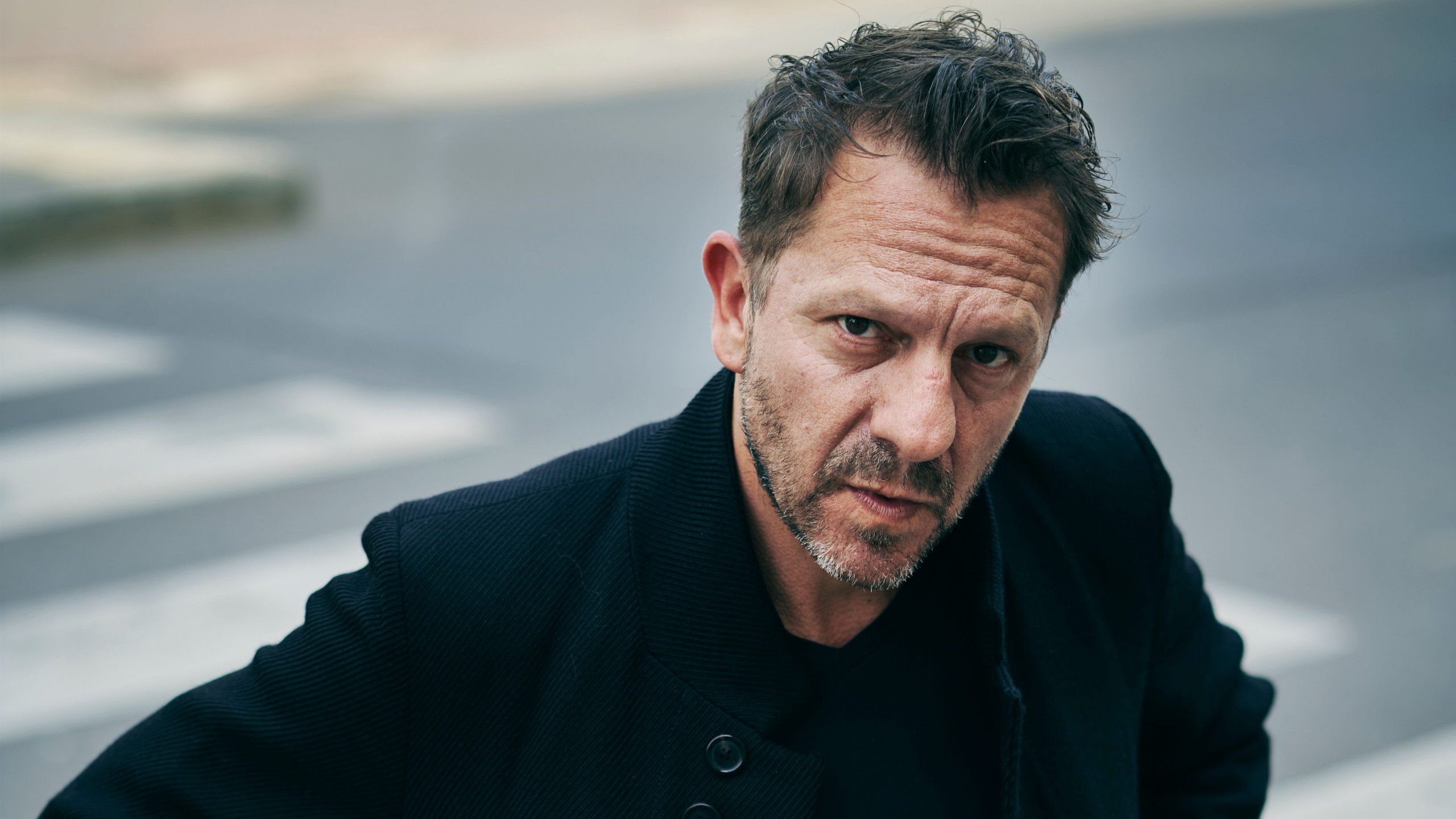
#ASK: Tom Barman
On Tuesday 17 May at 17.00, an exciting solo exhibition will open by the Belgian musician, director and photographer Tom Barman. The opening will also mark the official opening of...
Read more
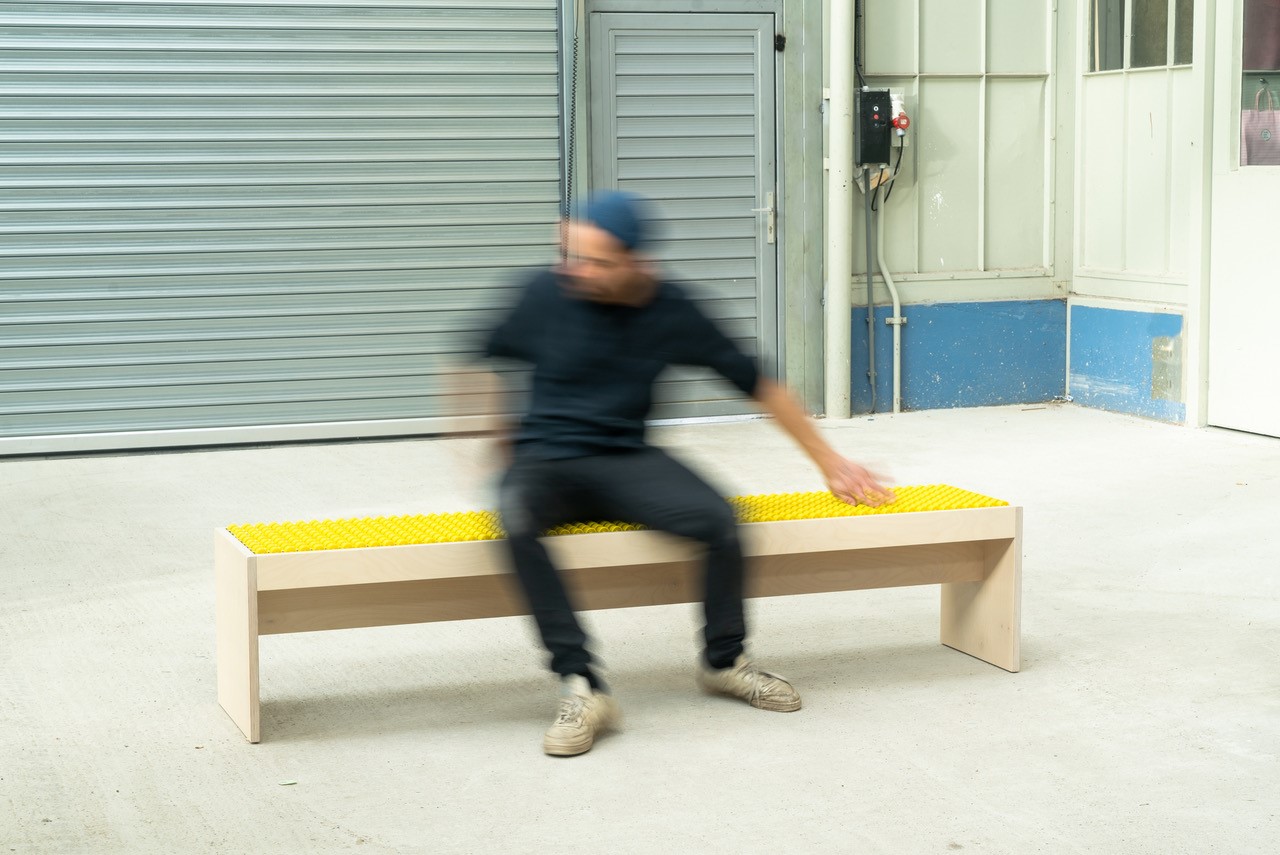
#ASK: Johannes Langkamp
You may have already spotted the innovative work of the German artist Johannes Langkamp in the new exhibition 'Art is the Antidote' in Museum Voorlinden. Or in the new depot of Museum...
Read more
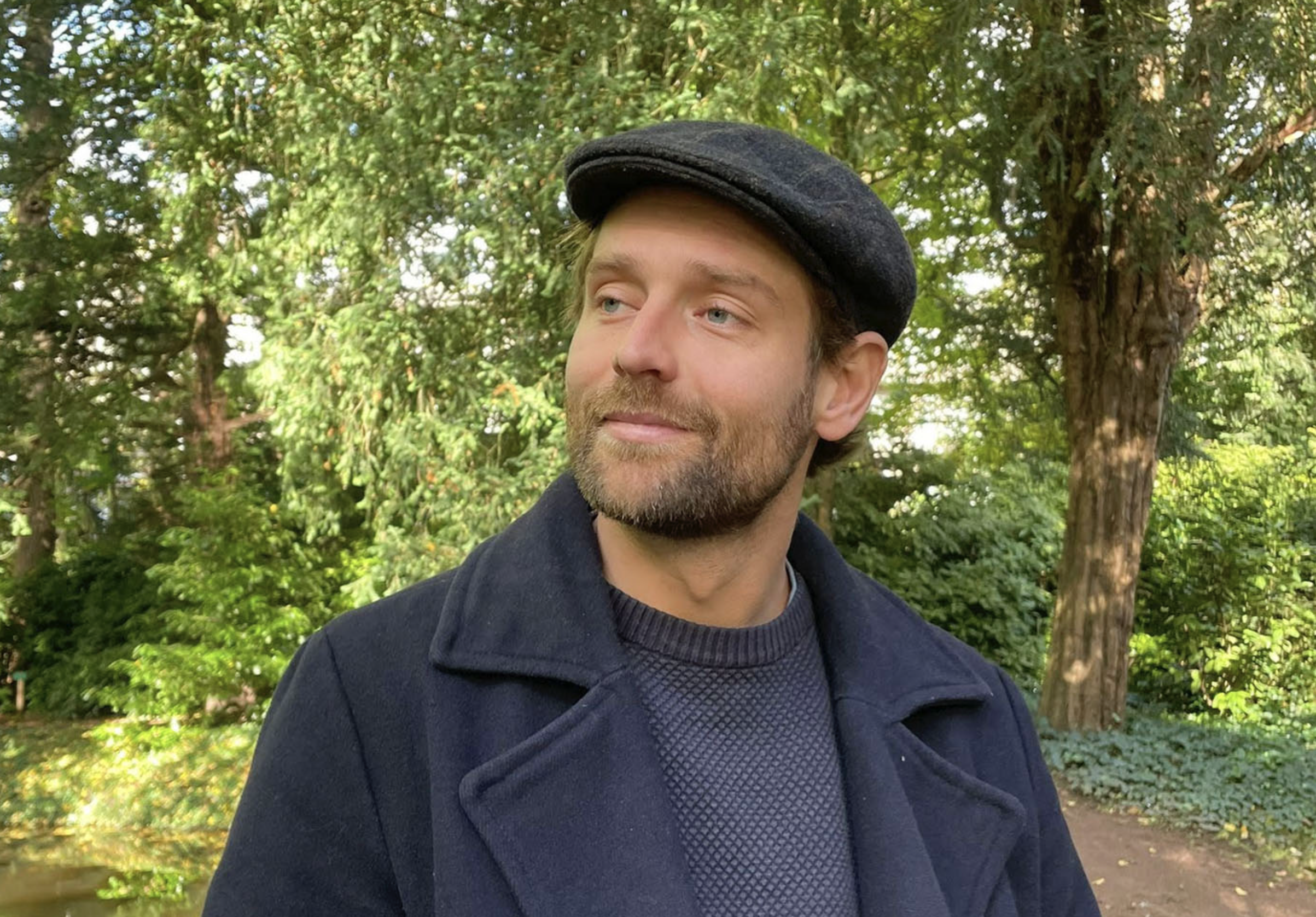
#Ask: Fela Donker of the Kunstenaarsbal
Are you ready for a unique party in which visual art, photography, performance, theatre, audiovisual art and music come together? At the Kunstenaarsbal in De Doelen you get a chance...
Read more

Featured: M4H during Rotterdam Art Week
During Rotterdam Art Week, you should definitely explore the dynamic Merwe Vierhavens area, which owes its name to the four ports that are located in this neighbourhood. Besides classics like...
Read more
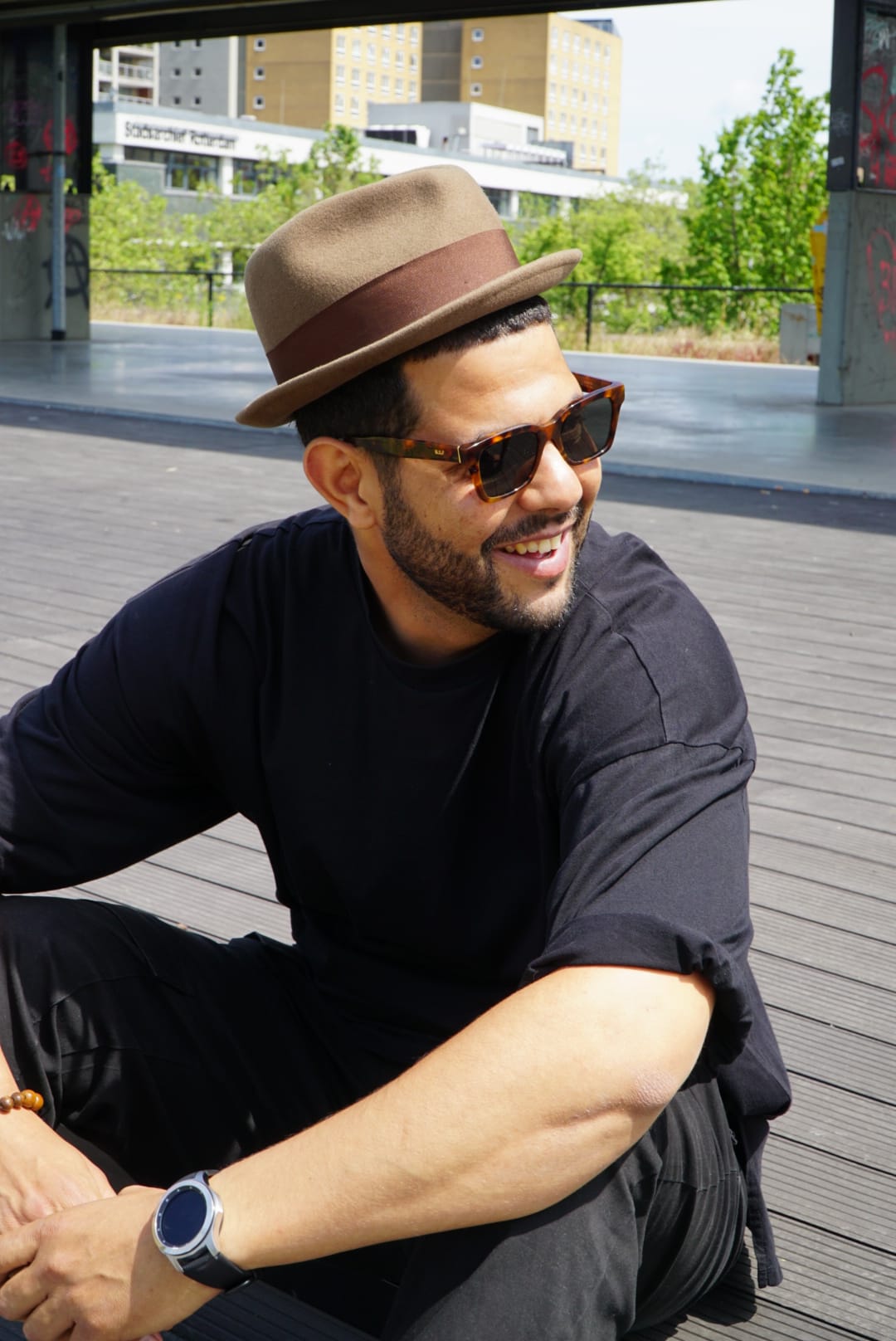
#ASK: Houcem Bellakoud
On 21 and 22 May, Unity in Diversity (UID) will present the Art Market, in...
Read more
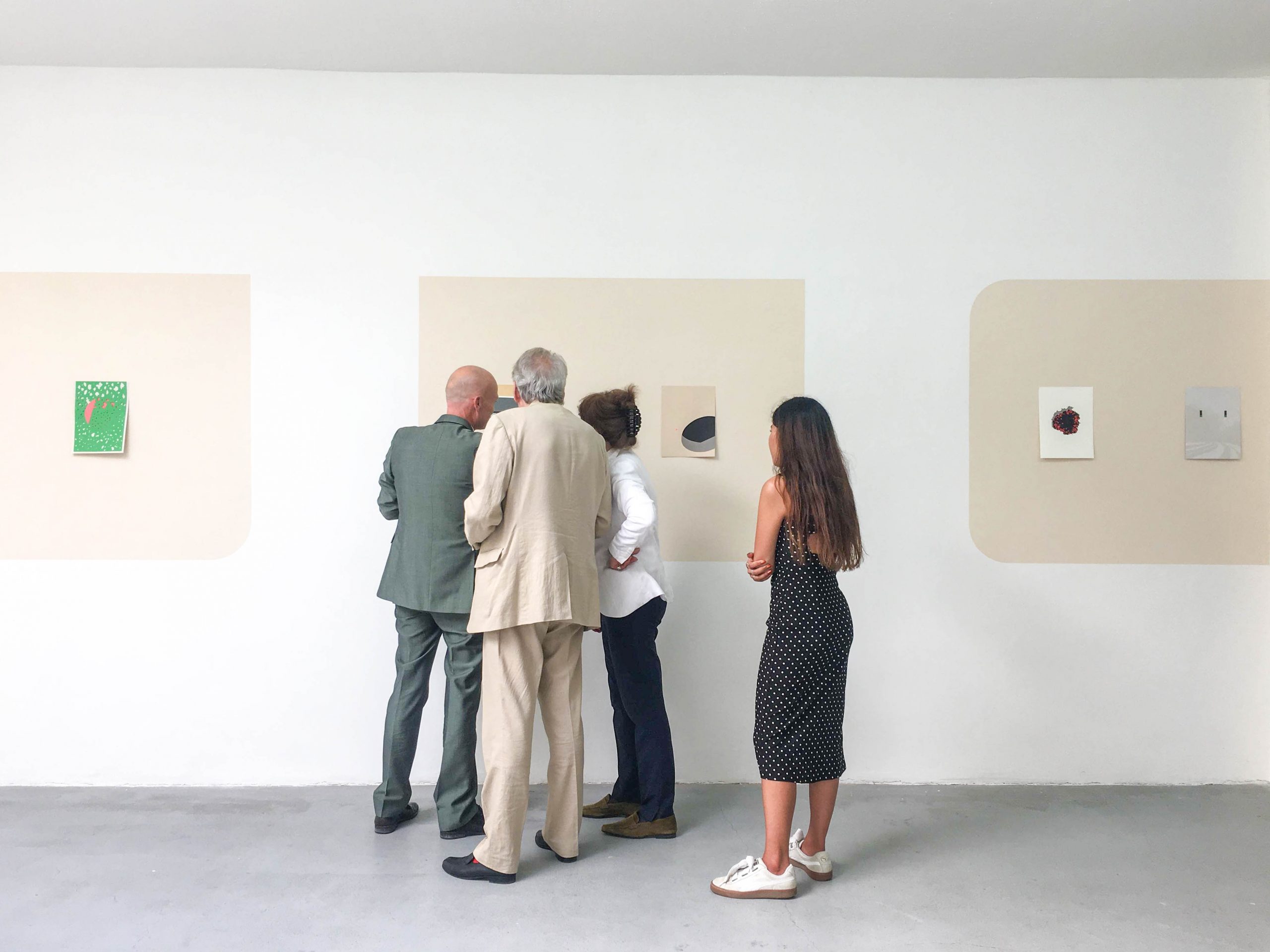
#ASK: Erika Vati from Art Index Rotterdam & tour partner Anne-Marie Ros
Of course, you two are insiders when it comes to art, culture and design in...
Read more




